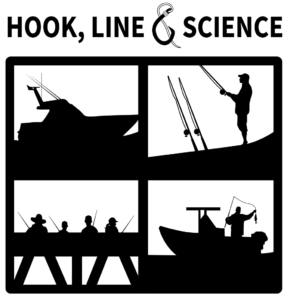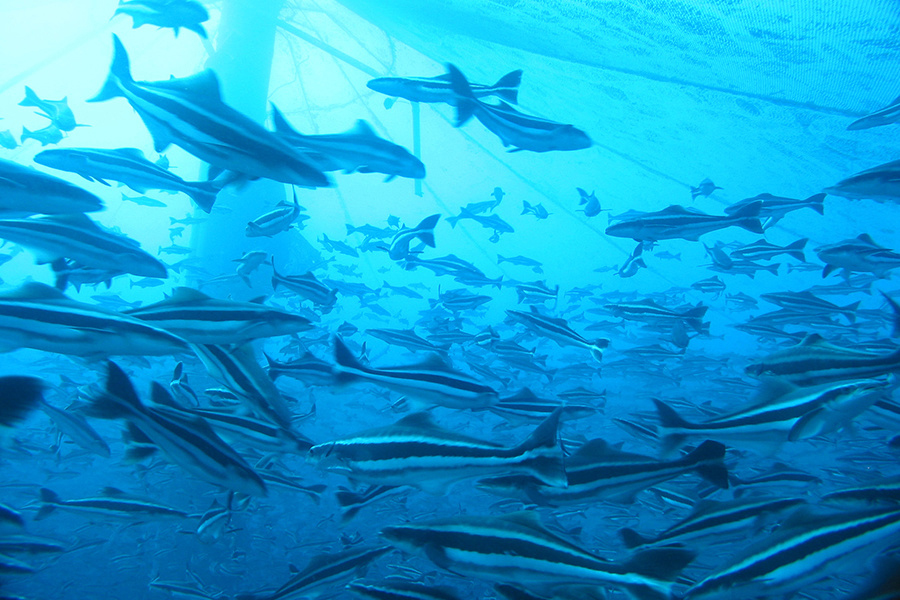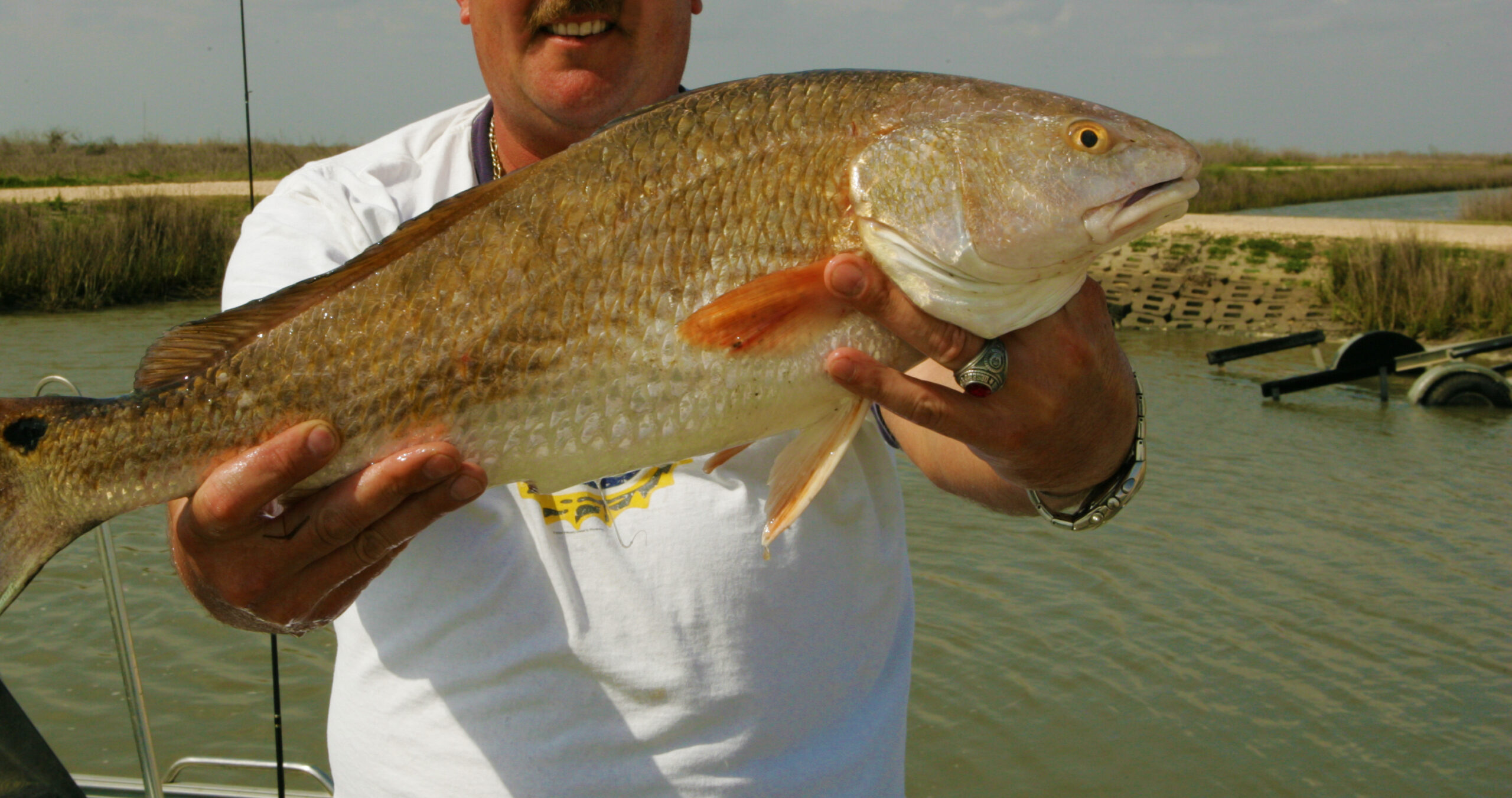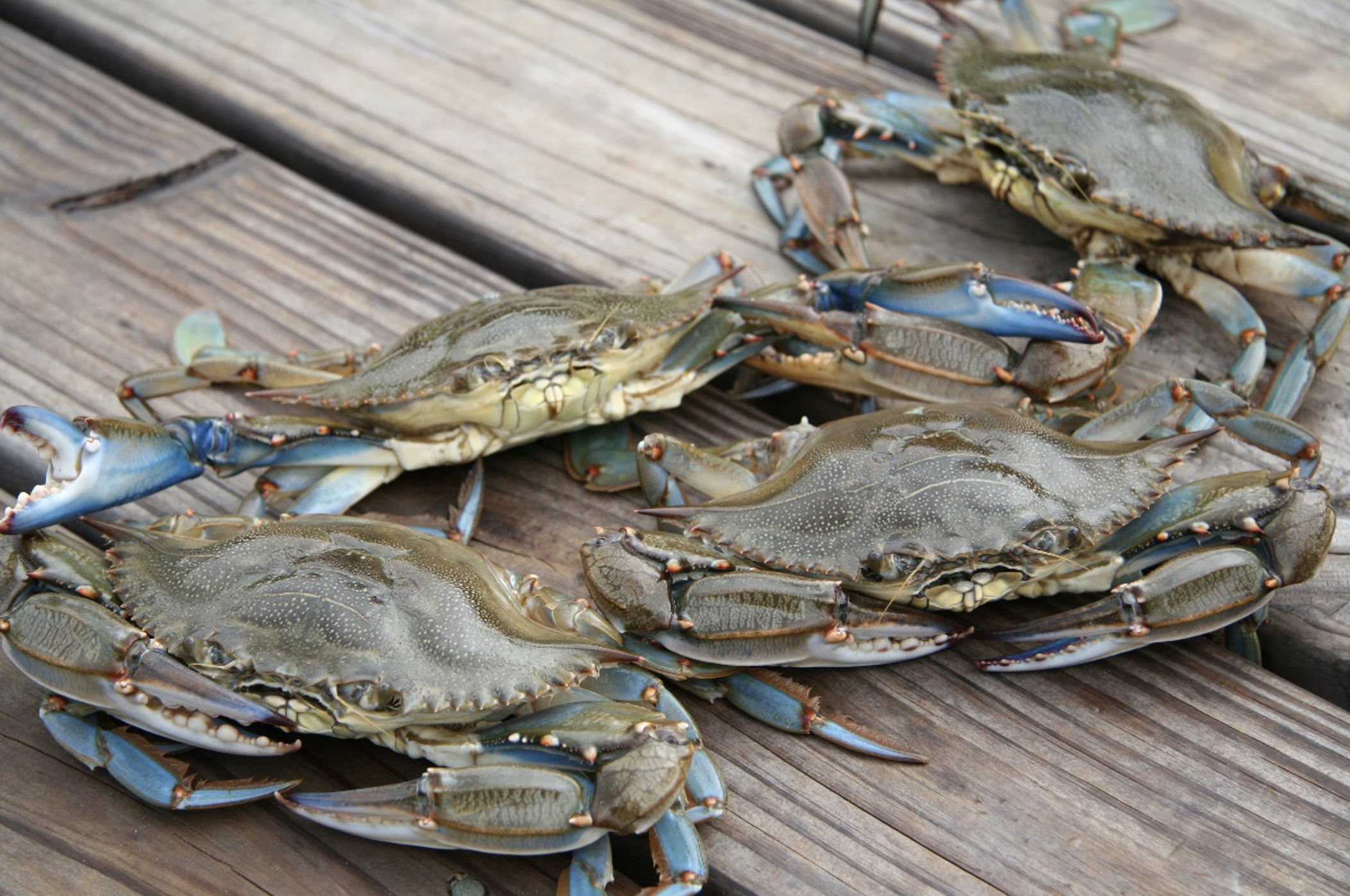Anglers suggest changes to stop the behaviors that place mantas at risk.
Research Need
The giant manta ray currently faces the threat of extinction. Manta rays produce few offspring and reach sexual maturity late in life – as late as 15 years old for females – so their populations are vulnerable to even very low fishing mortality.
Scientists believe there is a subspecies of the giant manta ray that lives off southeastern Florida, and that they have identified a possible nursery site in south Florida. There also is evidence of important feeding and reproductive habitat in central and north Florida. But these regions also include active recreational fisheries for cobia.
Cobia have an inter-reliant relationship with manta rays and typically travel with them. The manta ray provides protection, as well as spooking prey into the open for the cobia.
Anglers thus track manta ray migrations for the purpose of sight-casting cobia, and they could disproportionately harm manta rays through entanglement in fishing lines or “foul hooking” (hooking a fish on its body).
What did they study?
On the Atlantic coast of central and north Florida, there is an active spring recreational fishery for cobia when manta rays move through the area migrating north. Scientists wanted to better understand this fishery’s impact on manta ray populations.
Local experts’ ecological knowledge can supplement information from traditional fisheries data collection, and so a research team experimented with how to gather and use information based on angler knowledge, perceptions, and behavior.
The researchers identified and initially interviewed 15 local expert cobia anglers. After summarizing interviews, the scientists shared information back with the anglers for reactions and additional feedback on descriptions of the cobia fishery and the species’ relationships to manta rays, as well as on recommendations on best practices for angling.
Anglers also had the opportunity to express whether they were interested in engaging in future outreach or conservation activities.
What did they find?
In initial interviews, all anglers reported sighting manta rays to fish for cobia, and nearly 47% used manta rays as their primary method for locating cobia. Additionally, 60% of anglers track temperature changes in coastal waters to predict where both manta rays and cobia are migrating. Anglers mentioned March and April as peak migration times for the mantas, although specific timing varies with water temperature.
The initial interviews revealed several challenges within the cobia fishery. Over 93% of anglers who responded to a survey about the study’s initial summary findings agreed that inexperienced anglers are more likely than experienced anglers to hook a ray when fishing for cobia. In addition, 91% reported having seen manta rays with hooks, jigs, trailing lines, or evidence of boat strike injuries.
A total of 91% also agreed that social media has encouraged anglers to cast at manta rays, and one angler emphasized that social media teaches novice anglers bad habits.
A total of 80% of anglers initially surveyed believed there was an increase in conflicts as a result of more fishing taking place within the cobia fishery. Anglers reported seeing, on average, near a dozen boats surrounding a single ray or group of rays and indicated that the number of vessels has increased over time.
Anything else?
During the feedback phase on initial findings, nearly 73% of anglers agreed that the cobia population in central and north Florida has decreased in the last 10 to 20 years. As such, anglers indicated it is now common to see manta rays without any cobia around them.
So what?
The study demonstrates that local knowledge from anglers can provide important insights.
Specific to the cobia fishery in central and north Florida, the practices and behaviors of inexperienced anglers, especially, pose a threat of entanglement, injury, and disturbance to manta rays in regions serving as critical habitat. But results also offered management strategies.
Anglers suggested seasonal or yearly closures of the fishery, bag and slot size adjustments, limits on how many people or rods are allowed on each vessel, and declaration of cobia as a catch-and-release fishery. Other suggestions included mandatory fishing and/or boating courses and more law enforcement officers on the water checking boats for illegal catches.
Anglers also called for more responsible fishing practices, such as not casting at or “gaffing” (fishing with a handheld pole with a hook or spike attached) for undersized fish.
These results can inform outreach materials to educate inexperienced anglers and encourage best practices. Anglers’ positive attitudes about the environment provide an opportunity to shift behaviors to support manta ray conservation.
Reading
Braun, R., Wester, J., Macdonald, C., and Pate, J.H . (2024) Perceptions regarding the recreational cobia fishery in relation to manta ray conservation. Aquatic Conservation: Marine and Freshwater Ecosystems, 34(4):e4147. https://doi.org/10.1002/aqc.4147
BY SARA MIRABILIO
The text from Hook, Line & Science is available to reprint and republish at no cost, but only in its entirety and with this attribution: Hook, Line & Science, courtesy of Scott Baker and Sara Mirabilio, North Carolina Sea Grant.

- Categories:




